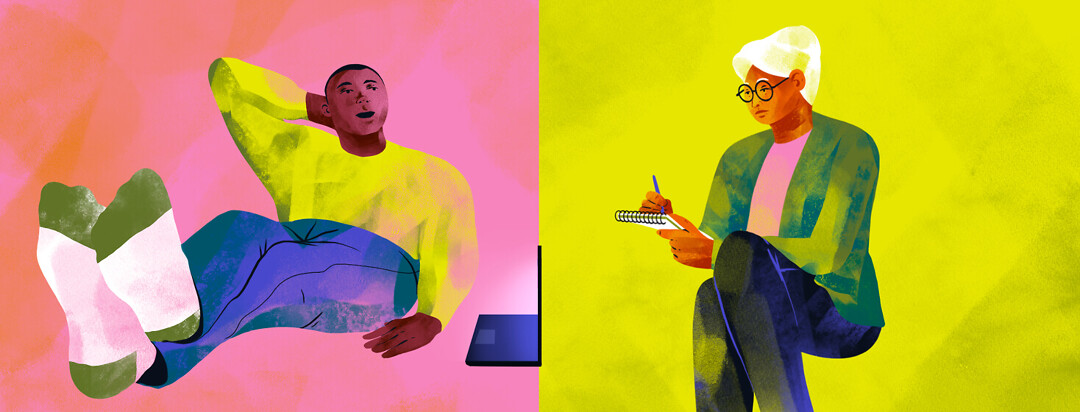Online and In-Person Cognitive Behavioral Therapy: What Is the Difference?
Cognitive behavioral therapy for insomnia (CBT-I) is an important tool to treat insomnia. But, does online CBT-I work as well as in-person CBT-I?
What is cognitive behavioral therapy for insomnia?
CBT-I includes several different approaches to help treat insomnia. The idea is that combining these methods will help you learn to sleep better for years to come. CBT-I combines education about insomnia with these methods:1
- Cognitive therapy – learning to change any attitudes and beliefs that keep you from sleeping
- Sleep hygiene – identifying and changing behaviors that lead to poor sleep
- Relaxation training – learning to relax your body and mind to help you fall asleep
- Stimulus control - learning to monitor your sleep environment by going to bed when sleepy, waking at a consistent time daily, getting up when you cannot sleep, maintaining the bedroom as a dedicated space for only sleep and sex
- Sleep restriction - limiting and slowly increasing your amount of time in bed
In-person treatment
In-person CBT-I is done with a therapist or doctor who specializes in insomnia treatment. These sessions may take place one-on-one or in a small group. Either way, you receive specialized and individual attention and training to help with your sleep issues.
The therapist will suggest ways to practice the different parts of CBT-I. As you implement these practices over several weeks, you and the psychologist can make changes and adjust the process and timeline that is best for you.2-4
Online treatment
Online CBT-I is like any online course you might take. You are given materials to read which offer suggestions to improve insomnia that you then implement into your life. The materials are often audio or video clips, and PDF files. You will be given instructions to help you learn relaxation and meditation techniques.
Online treatment does not usually include contact with a doctor or counselor. You learn and apply the information and techniques on your own.2-4
In-person or online CBT-I: Which works best?
Online CBT-I is more flexible than in-person meetings that require an appointment and travel to a clinic. Online programs can be done at your convenience, but it requires self-motivation. One limitation is that this form of CBT-I usually requires a high-speed internet connection.
Online CBT-I may be a good option for people who live outside large cities where insomnia specialists may be harder to find. It also tends to cost less than in-person training. Also, there are not as many therapists who specialize in CBT-I as there are people who need treatment, so wait times can be long.
On the other hand, in-person meetings mean you will have someone holding you accountable for trying these new techniques. You will also have a specialist who can help you find the right combination of CBT-I that works best for you, and you do not have to have an internet connection.2-4
What does the research say?
Studies show that both in-person treatment and online treatment help improve the amount of sleep people get. However, people who receive in-person treatment increase their time asleep more.
In fact, one study found that 81 percent of people who tried an online CBT-I course reported at least some improvement in their sleep after the 5-week program. One out of 3 people in the study reported their sleep greatly improved and were getting 1 hour of sleep more than before. People who were referred by their doctor were much more likely to drop out of the program, adding to evidence that online programs require self-motivation.3
Another study compared people who got in-person CBT-I, online CBT-I, or who were placed on a waitlist to receive in-person CBT-I. This study found that in-person sleep training worked slightly better than online, but online was much better than the person being waitlisted.4

Join the conversation